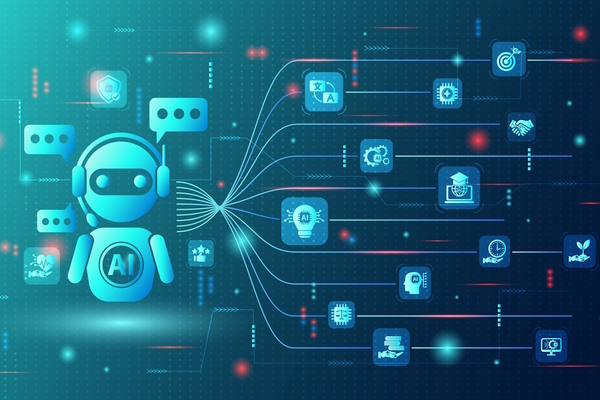Transforming business with DEX

Mark Cresswell at Scalable Software explains how to boost retention and productivity by improving the Digital Employee Experience
The rules of the modern hybrid workplace are changing and placing new demands on IT. IT is no longer the function that merely provides and fixes technology, it’s evolving to support the digital experience of employees (DEX).
By optimising DEX, the IT team is able to support more of the business, surfacing the digital friction that harms worker productivity, and increases the risk of burnout and churn. Yet while enterprises have invested heavily in digital technology in recent years, many still don’t know how effectively their workforce is using it.
Perception vs reality
At the heart of the DEX challenge for IT decision makers (ITDMs) is a disconnect between perception and reality. Research shows that nearly all (92%) ITDMs believe they have sufficient insight into the performance, stability and configuration of key applications and endpoint devices used by employees. Most say this enables them to proactively identify and mitigate digital friction and productivity issues.
However, a divide exists between the information provided by IT and the DEX outcomes experienced by employees. Indeed, more than half (52%) of knowledge workers rate their DEX as “poor” or merely “adequate.” And even ITDMs admit that employees are losing almost four hours (3.78) each week on average due to digital experience failings.
A focus on tech Instead of people
The disconnect arises because IT continues to repurpose tools designed to monitor technology in pursuit of DEX improvements.
Some of the metrics, such as high-processor usages, crashing applications and weak Wi-Fi signals can certainly help. But what’s missing from IT monitoring tools are the human factors such as analysis of work patterns, employee sentiment, employee journeys and well-being. Without including these human factors, digital friction goes unseen, unreported and often unwittingly accepted as “business as usual”.
By way of example, from our research, almost half (45%) of organisations also don’t carry out employee journey mapping, and those that do tend to rely on manual, subjective and/or observational techniques. This omission is a missed opportunity.
Many businesses already do this kind of analysis for customers, to better understand how they interact with the company’s services and how they can optimise customer journeys. When applied to employees such analysis helps to identify training requirements, user pain points, digital friction and workflow bottlenecks. This is one example of the kind of DEX analysis not found in traditional IT monitoring tools.
Subjectivity
While any one individual’s view of their working environment can be influenced by many things, statistically at scale gathering employee sentiment is incredibly powerful; particularly when combined with more objective measures of DEX. When it becomes easy to correlate how employees feel about their workload with the analysis of their workflows, collaboration and the reliability of their working environment, the right decisions can be made to improve productivity, well-being and retention.
This kind of thinking around DEX has never been more crucial as hybrid work patterns has made the traditional management view of these kind of matters all but impossible.
Bringing it all together
Organisations at the more mature end of DEX analytics adoption will share this kind of insight beyond IT, such as with HR. In this way, HR leaders could measure engagement, identify quiet quitting, help employees protect focus time, spot training needs, and ensure workload doesn’t get out of hand.
This would empower HR to optimise training and support for employees, including learning and development opportunities, and identify any risks to wellbeing. The majority (88%) of ITDMs recognise the need for better communication between the two functions.
Research shows that most organisations are still some way off from achieving the kind of DEX insight they need to thrive. Only two-fifths (44%) can identify excessive out-of-hours working which could indicate burnout risk. Just half (52%) can spot those employees that need additional training and support to use certain technology. Similarly, only (56%) can spot changes in collaboration which could indicate disengagement.
With the right tooling ITDMs can bring together information on employee sentiment with endpoint reliability, employee journeys, collaboration insight and working patterns.
Combined, this will deliver the holistic insight needed to support employee-centric Key Performance Indicators and, ultimately, enhance employee productivity, wellbeing and retention. Exceptional talent is hard to acquire, but easy to lose. It’s time to focus on DEX.
Mark Cresswell is Co-Founder at Scalable Software
Main image courtesy of iStockPhoto.com and andresr

Business Reporter Team
Most Viewed
Winston House, 3rd Floor, Units 306-309, 2-4 Dollis Park, London, N3 1HF
23-29 Hendon Lane, London, N3 1RT
020 8349 4363
© 2025, Lyonsdown Limited. Business Reporter® is a registered trademark of Lyonsdown Ltd. VAT registration number: 830519543





